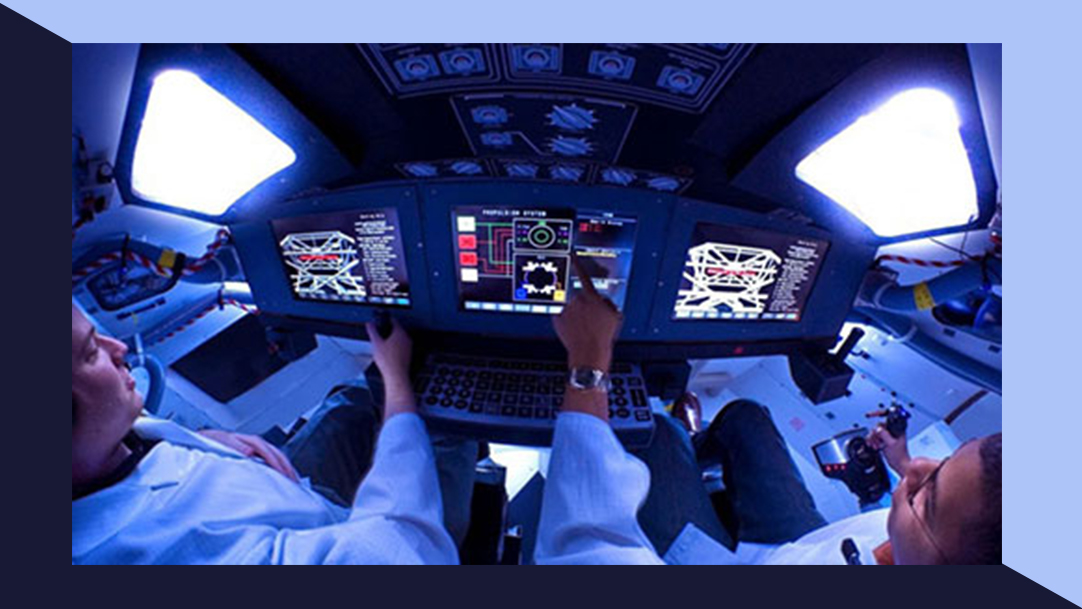
NASA Orion
Since 1958, NASA has reputably accomplished monumental scientific and technological feats within the air and space domain.
NASA remains a leading force in scientific research, while continually stimulating public interest in aerospace exploration, as well as general science and technology. As a part of NASA’s Constellation Program, the Orion spacecraft was envisioned to fulfill the functions of a Crew Exploration Vehicle (CEV) to send explorers back to the Moon, then further to Mars, and beyond to other destinations in the solar system.
Creating the next generation’s spacecraft for human exploration is a daunting task that involves building interconnected parts to work seamlessly, even in the harshest conditions of space. A diversity of group domains and specific skill sets are required to create a spacecraft, especially the world’s next-generation space exploration vehicle.

Each team member in the development, construction, testing, and operational phases must all work on this singular vessel. To meet a stringent list of specific criteria, the sophistication of the human factor element, and display prototyping requirements, NASA selected DiSTI’s award-winning GL Studio toolkit to develop the cockpit displays for this pioneer spacecraft.
Within the avionics system for the Orion, a single network supports all of the spacecraft’s data and communications with less mass, power and cost than a multisystem network. The Orion team integrated a modular technology approach to the new avionics system, maximizing the benefits of various individual technologies.
The GL Studio toolkit was specifically chosen for its OpenGL based 3D objects, extensive platform support, and ease of use. By using a common display code base derrived from the Human Factors group at NASA Johnson Space Center, GL Studio enabled the portability of high fidelity objects for reuse within other group domains without losing valuable content or production time.
The capability for OpenGL based 3D objects allowed developers to create a display while using easy to read generation code. Extensive platform support is imperative for a new vessel to successfully navigate the unknown regions of space. With GL Studio, high fidelity displays are possible, producing the greatest visual graphics and ensuring the continued exploration of space.
Inquire about our professional solutions today.
Start your developer journey with our solutions now.
We will use your information to respond to your inquiry. We may also contact you about our products and services. You may opt-out at any time using the unsubscribe link in messages you receive from us. You can learn more about how we handle your personal data and your rights by reviewing our privacy policy.
